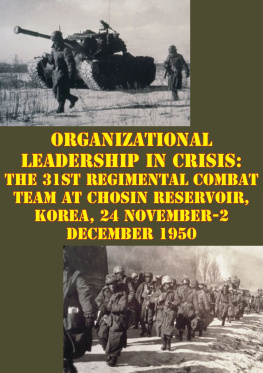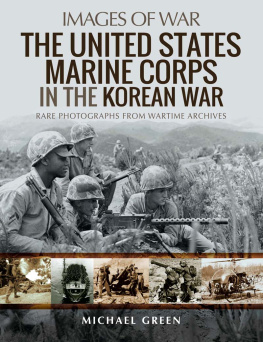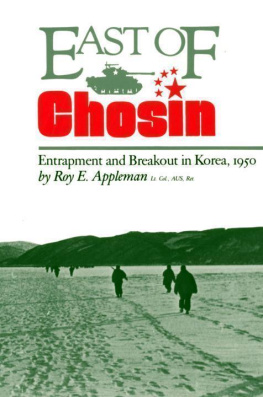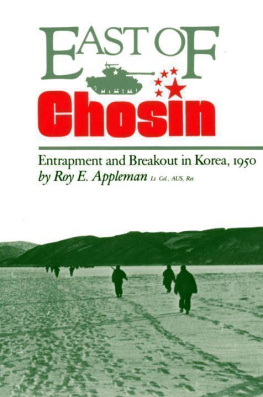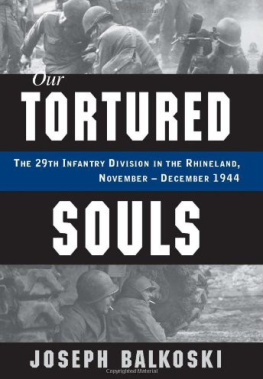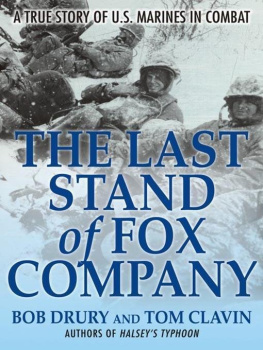

This edition is published by PICKLE PARTNERS PUBLISHINGwww.picklepartnerspublishing.com
To join our mailing list for new titles or for issues with our books picklepublishing@gmail.com
Or on Facebook
Text originally published in 2007 under the same title.
Pickle Partners Publishing 2014, all rights reserved. No part of this publication may be reproduced, stored in a retrieval system or transmitted by any means, electrical, mechanical or otherwise without the written permission of the copyright holder.
Publishers Note
Although in most cases we have retained the Authors original spelling and grammar to authentically reproduce the work of the Author and the original intent of such material, some additional notes and clarifications have been added for the modern readers benefit.
We have also made every effort to include all maps and illustrations of the original edition the limitations of formatting do not allow of including larger maps, we will upload as many of these maps as possible.
ORGANIZATIONAL LEADERSHIP IN CRISIS: THE 31ST REGIMENTAL COMBAT TEAM AT CHOSIN RESERVOIR, KOREA, 24 NOVEMBER-2 DECEMBER 1950
By
Paul T. Berquist
TABLE OF CONTENTS
Contents
ABSTRACT
The 31st Regimental Combat Team (RCT) was created on 24 November 1950. On 27 November it had the mission of relieving the Marines of the 1st Marine Division East of the Chosin reservoir and attacking to the North towards the Yalu River. The units battalions and separate companies were spread out along the road from the port of Hungnam in the south to forward positions east of the reservoir over 90 miles away when it was hit by the surprise attack of the Chinese 80th Peoples Liberation Army (PLA) Division on the evening of 27 November. Organizational leadership failures at the level of the X Corps, 7th Infantry Division, the 31st RCT and its attached battalions all contributed to the almost complete destruction of the RCT by the evening of 1-2 December 1950. These failures led to a very poor situational awareness prior to the Chinese attack and helped create the total breakdown of organizational cohesion and effectiveness that occurred during the units ill-fated attempt to breakout of the Chinese encirclement. This thesis shows how decisions that are made at the organizational level are critical to the success of the unit.
ACKNOWLEDGMENTS
This thesis could not have been completed without the generous assistance of the staff and archivists at the US Army Military History Institute in Carlisle, Pennsylvania. They assisted me in finding the materials that I had come to examine as well as pointed out additional materials that would be of use to me in writing this thesis. I would also like to thank the staff of the Combined Arms Research Library (CARL) at Fort Leavenworth, Kansas, for their assistance in obtaining numerous other primary sources in the CARL collection that were relevant to my thesis. Finally, I could not have written this thesis without the guidance, direction, advice and encouragement of my thesis committee, Dr. Gary Bjorge, Mr. Thomas Bradbeer, and Dr. Arthur Frame.
ACRONYMS
AAAAnti-Aircraft Artillery
AWAutomatic Weapons
COLColonel
CPTCaptain
FAField Artillery
FMField Manual (official publications of US Army)
HQHeadquarters
IDInfantry Division (as in 7th Infantry Division)
INInfantry
I&RIntelligence and Reconnaissance
LTCLieutenant Colonel
LTGLieutenant General
MAJMajor
MGMajor General
MSRMain Supply Route
PLAPeoples Liberation Army (Also referred toas the Chinese Peoples Volunteers for Chinese Propaganda purposes)
RCTRegimental Combat Team
ROKRepublic of Korea (official name of what is now South Korea)
S-1Personnel Staff Section
S-2Intelligence Staff Section
S-3Operations (and training) Staff Section
S-4Logistics Staff Section
SPSelf Propelled (usually tracked) Weapon System (as opposed to a towed system)
XOExecutive Officer (second to the commander)
USAMHIUS Army Military History Institute
CHAPTER 1 INTRODUCTION
The 31st Regimental Combat Team (RCT) was a regimental size task force that was constituted from elements of the 31st and 32d Regiments and other elements of the 7th Infantry Division and X Corps on the east coast of Korea beginning on 24 November 1950. When the 1st Marine Division was ordered to attack westward from the Chosin Reservoir, the 31st Regimental Combat Team (RCT) was ordered to relieve the Marine elements east of the Chosin Reservoir and continue the advance north towards the Yalu River. While the unit was strung out in bivouac positions along the road east of Chosin Reservoir and on the Main Supply Route (MSR) from the port of Hamhung, it was attacked and almost completely destroyed by the Chinese 80th Peoples Liberation Army (PLA) Division during the period 27 November-2 December 1950. Out of the 3,300 soldiers of the 31st RCT, only 385 walked out of Hagaruri with the Marines (1500 wounded were evacuated by air from Hagaruri). Nearly all of the field grade officers (Majors, Lieutenant Colonels, and Colonel) of the 31st RCT became casualties.
During the same period in which the 31st RCT was being destroyed, the units of the 1st Marine Division on the West side of the reservoir were also attacked by the Chinese in similar circumstances but were able to escape to Hagaruri with much of their equipment. Despite heavy losses, they were able to maintain unit integrity. The 31st RCT faced a situation that was distinct from or distinctly different than that faced by the Marines. Their units were dispersed and not expecting an attack by Chinese forces. The surprise attack of the Chinese created a crisis that the leaders of the 31st RCT and their 1 higher headquarters at 7th Infantry Division and at X Corps had to address given the situation and what they had available.
In a crisis, information is often incomplete, and many things are unknown. In this type of environment with a rapidly developing situation there is little time for slow methodical planning and analysis and a managerial style of leadership. The key to leadership in these situations is to have leaders that can grasp the essential aspects of the situation, while at the same time applying sufficient analysis and planning to mitigate the confusion in units created by the crisis.
The key question to be addressed in this thesis is: Where do failures in organizational leadership appear to have contributed to the destruction of the 31st RCT by the attack of the 80th PLA? Organizational leadership includes the actions of not only the Corps, Division, RCT and Battalion commanders but also of their staff. What were the key decision points that were missed by the commanders and their staffs that could have influenced the outcome positively? What was the role of the field grade officers in influencing the decision making of the commanders? To what degree did the leadership experience of the key leaders and the command climate that they created in their units contribute to the situation? To what degree did situational factors such as weather, terrain, enemy, and unit composition/supply limit the options of the leaders?
The new Army Leadership manual, FM 6-22, discusses the aspects which distinguish organizational from direct leadership in Chapter 11. An organizational level leader still influences subordinates directly but influences several hundred to several thousand people often indirectly. An important aspect of organizational level leadership is to organize systems to address tactical and operational problems. The issues faced by an organizational level leader are more complex, with less certainty, and a much larger impact from the leaders decisions. A key attribute of organizational leaders is to demonstrate the intellectual capacity to comprehend these complex situations and the potential unintended consequences from the leaders decisions.
Next page
